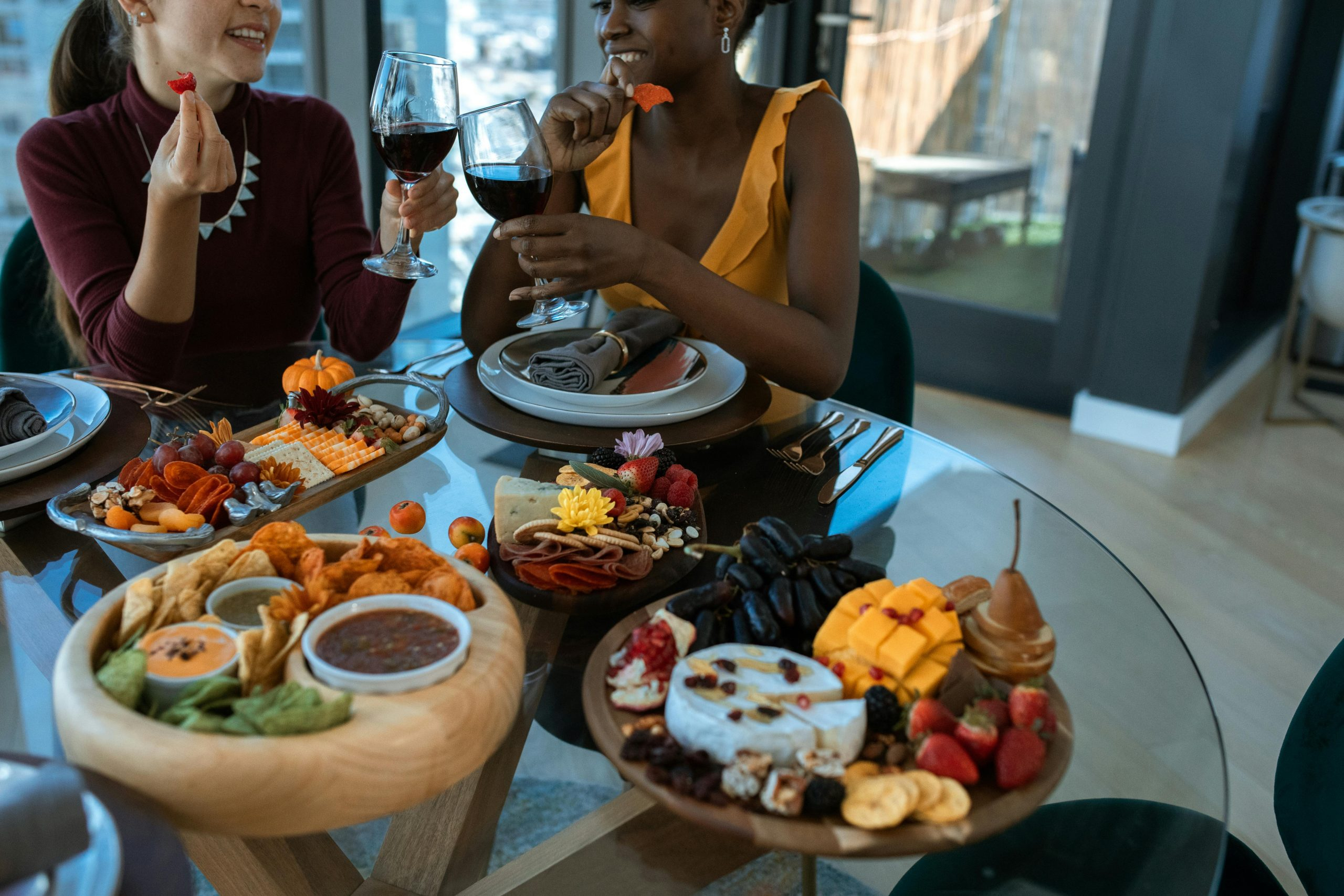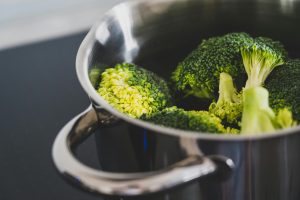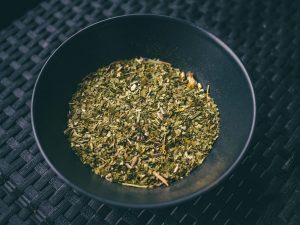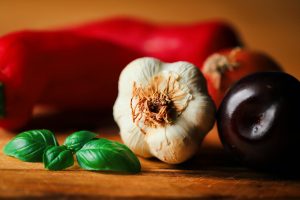The Art of Food and Wine Pairing: Creating Harmonious Combinations
If you’re a food and wine lover, then you’re probably familiar with the concept of pairing these two essential elements of any good meal. Many of us have a basic understanding of how different flavors can compliment or contrast with each other, but there’s actually much more to the art of food and wine pairing than just that. In fact, creating harmonious combinations requires a certain level of knowledge and skill that can greatly enhance your dining experience. In this article, we’ll explore the ins and outs of pairing food and wine, and provide helpful tips on how to master this art and elevate your meals to a whole new level.
The Basics of Food and Wine Pairing
Before we dive into the more intricate aspects of the art of food and wine pairing, it’s important to start with the basics. Essentially, pairing food and wine is all about finding the perfect balance between the flavors of the food and the wine. This can be achieved through a variety of techniques, including complimenting or contrasting flavors, textures, and acidity levels.
Complimentary Pairings
This is perhaps the most common and well-known method of food and wine pairing. With this approach, the goal is to find flavors and characteristics in the wine that complement the flavors of the food. For example, a light and delicate fish dish would pair well with a light and crisp white wine, such as a Pinot Grigio. This pairing creates a harmonious balance and enhances the flavors of both the food and the wine.
Contrasting Pairings
In contrast (no pun intended) to complimentary pairings, contrasting pairings make use of flavors that are opposite of each other. This can be achieved by pairing rich and heavy foods with light and acidic wines, or sweet and spicy foods with dry and tannic wines. This approach can create a unique and bold dining experience that brings out the best in both the food and the wine.
Pairing Based on Texture
Another key factor to consider when pairing food and wine is the texture of the food. For example, a creamy and buttery pasta dish would pair well with a full-bodied Chardonnay, while a juicy steak would go perfectly with a bold and tannic Cabernet Sauvignon. The idea is to create a balance between the texture of the food and the mouthfeel of the wine for a satisfying overall dining experience.
The Role of Acidity in Food and Wine Pairing
Acidity is a crucial element in both food and wine, and it plays a significant role in how the two interact with each other. When it comes to food, acidity can help to cut through rich and fatty flavors, providing balance and preventing the dish from feeling heavy. In wine, acidity can provide a refreshing and crisp sensation that cleanses the palate and prepares it for the next bite.
When pairing food and wine based on acidity, it’s important to consider the acidity levels of both the food and the wine. High-acid foods, such as tomatoes or citrus fruits, can overpower wines with lower acidity levels, resulting in a less than desirable pairing. On the other hand, pairing a high-acid wine, such as a Sauvignon Blanc, with a high-acid food can create a perfect harmony of flavors.
Pairing for Different Types of Cuisine
While the basics of food and wine pairing remain the same, it’s also important to consider the specific characteristics of different types of cuisine. For example, pairing wine with spicy dishes can be challenging, as the heat can overpower the flavors of the wine. In this case, a wine with lower alcohol content and a bit of sweetness, such as a Riesling or Gewurztraminer, can help to balance the spiciness and enhance the flavors of the dish.
Similarly, when pairing wine with Asian cuisine, it’s important to consider the umami flavors that are often present in these dishes. Umami is a savory flavor that can be found in foods like mushrooms, soy sauce, and miso. Wines with higher levels of tannins, such as red wines, tend to pair better with umami-rich dishes. A Pinot Noir or a Chianti would be excellent options for an Asian-inspired meal.
Don’t Be Afraid to Experiment
At the end of the day, the art of food and wine pairing is all about finding what works best for your palate. While there are general guidelines and traditional pairings that can help you get started, don’t be afraid to think outside the box and experiment with different combinations. You may be surprised by the delicious and unique pairings that you can come up with!
In conclusion, mastering the art of food and wine pairing involves a combination of knowledge, skill, and experimentation. By keeping in mind the flavors, textures, and acidity levels of both the food and the wine, you can create harmonious combinations that will take your dining experience to a whole new level. So the next time you sit down for a meal, don’t just focus on the food or the wine – pay attention to how the two interact with each other and discover the endless possibilities of this delicious art.









